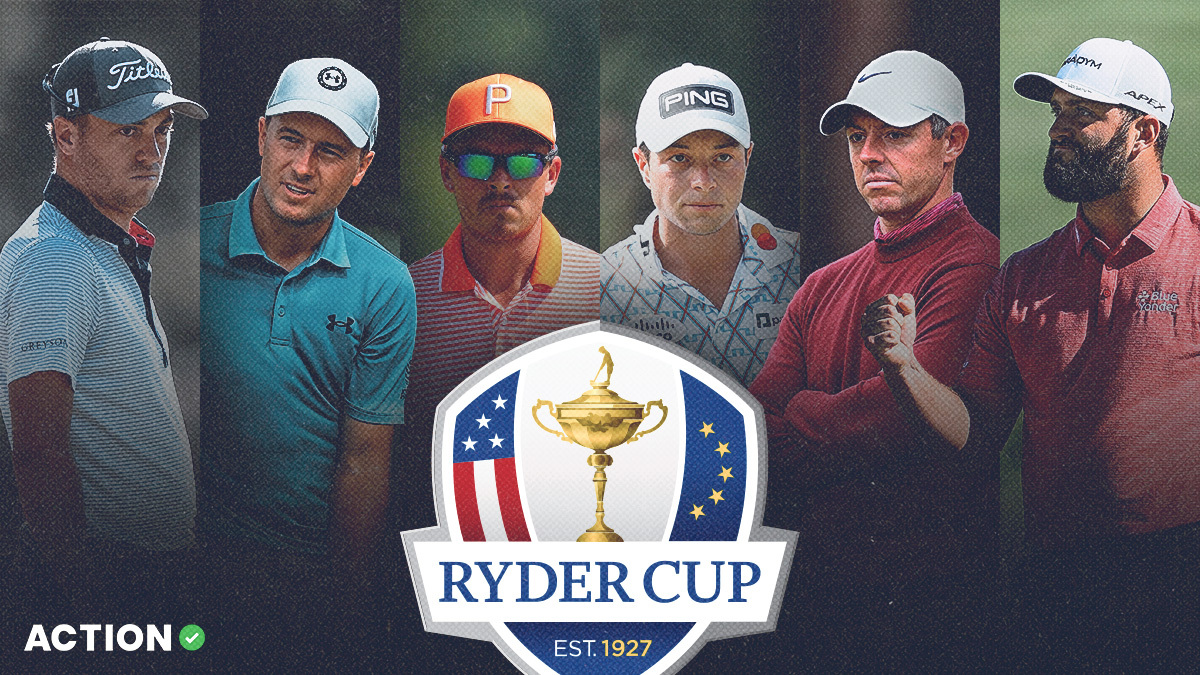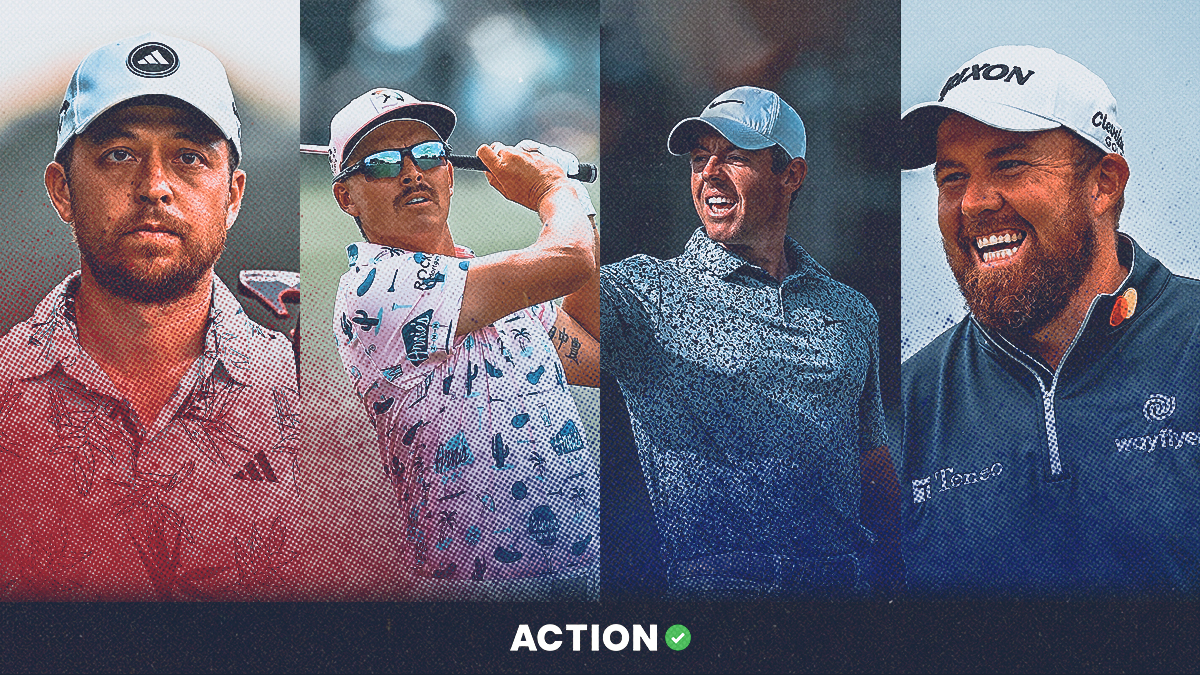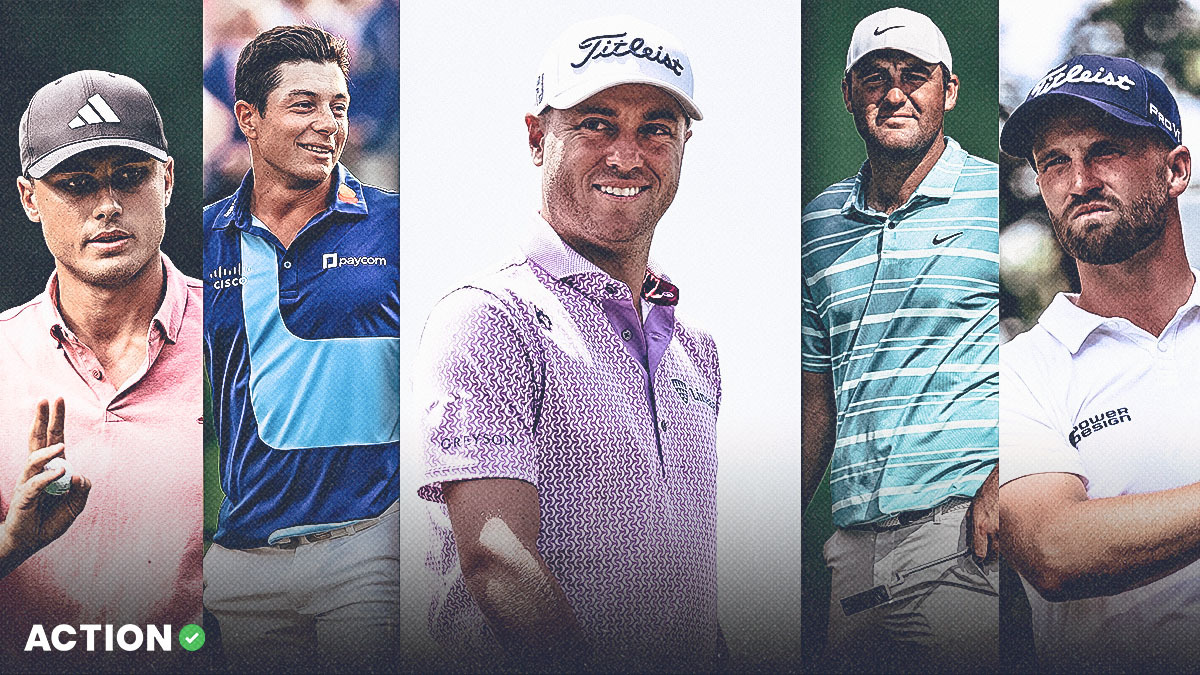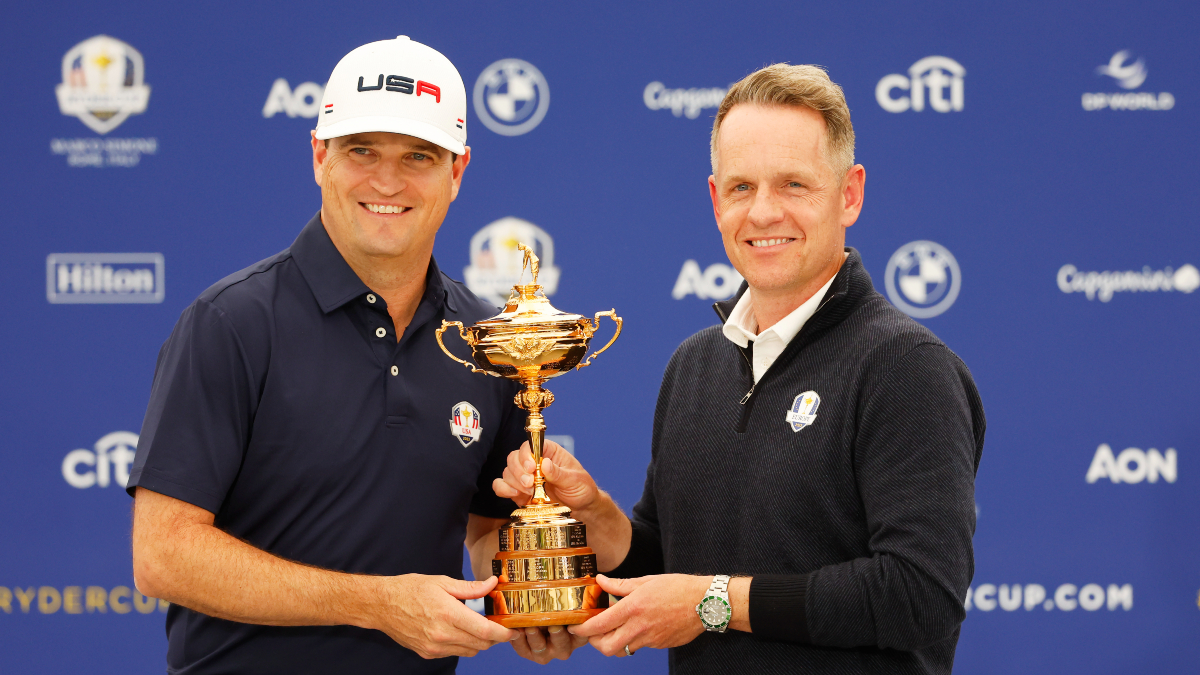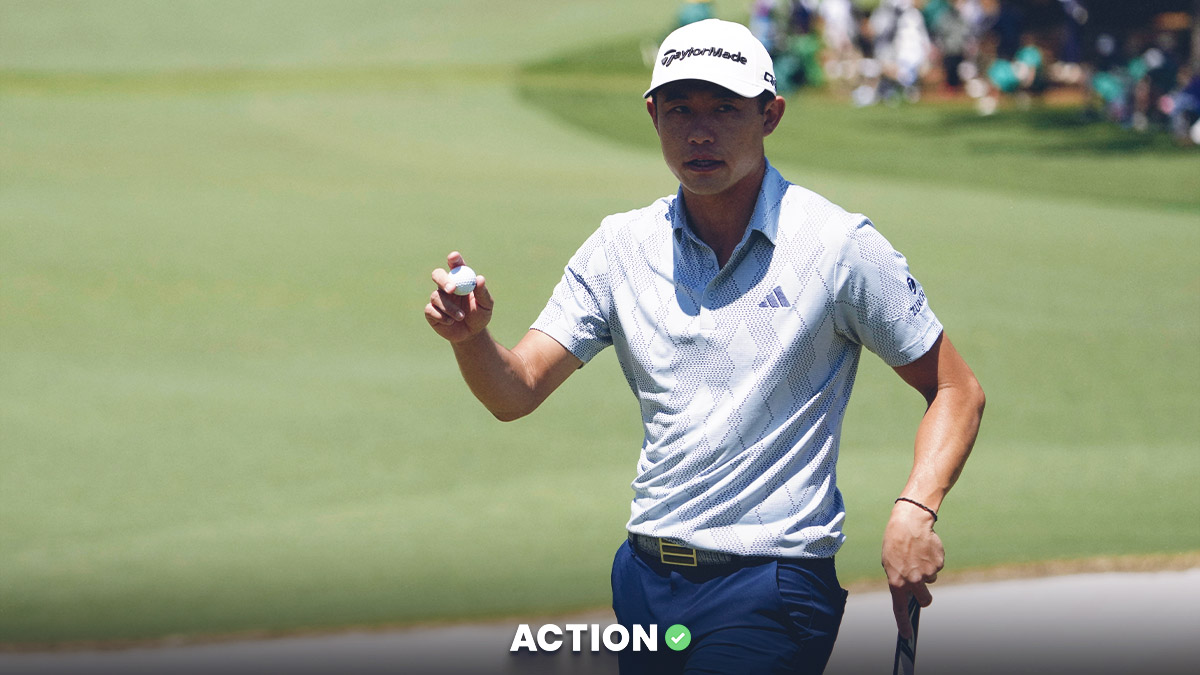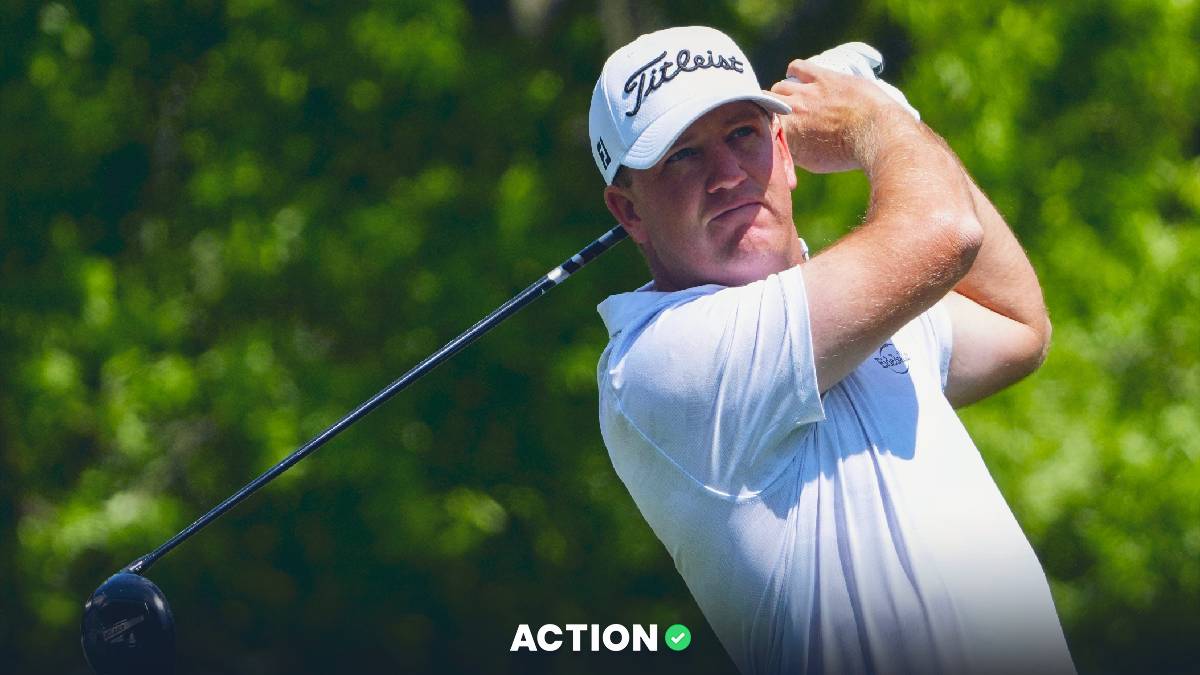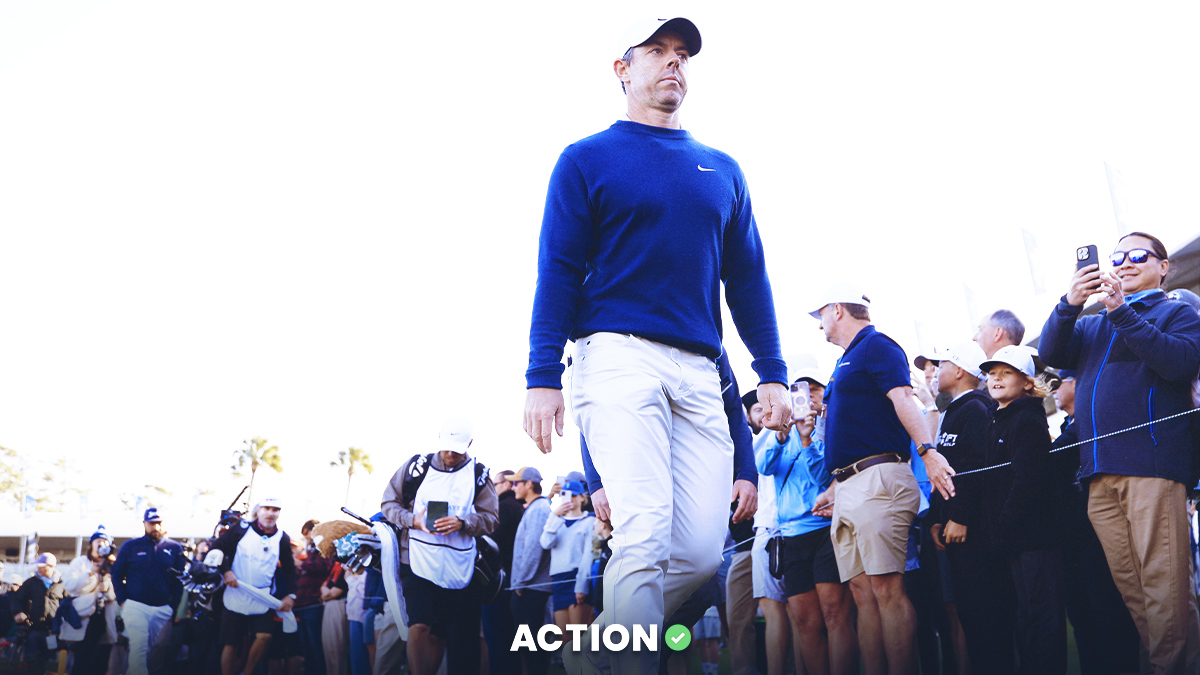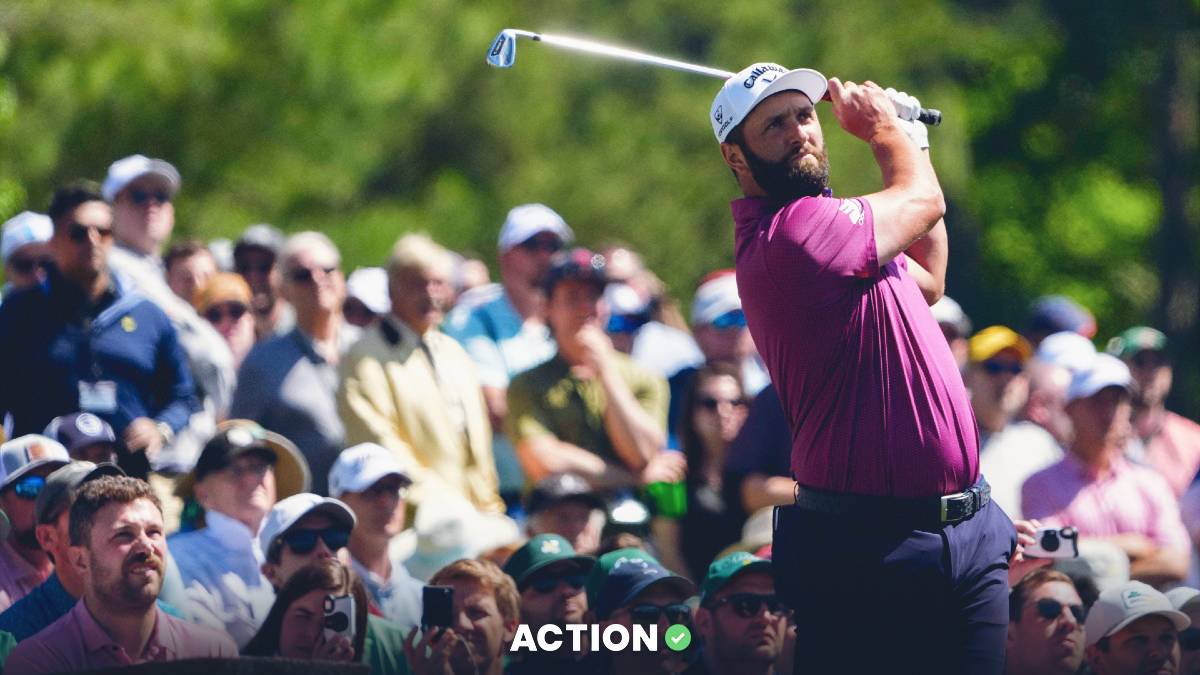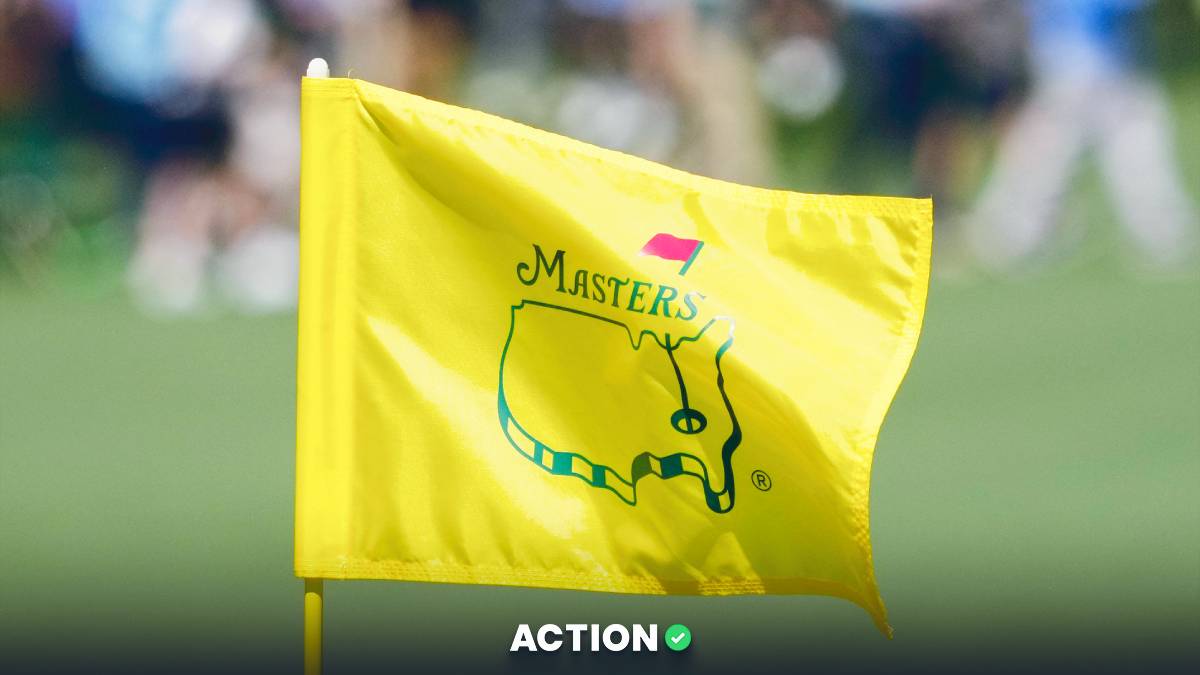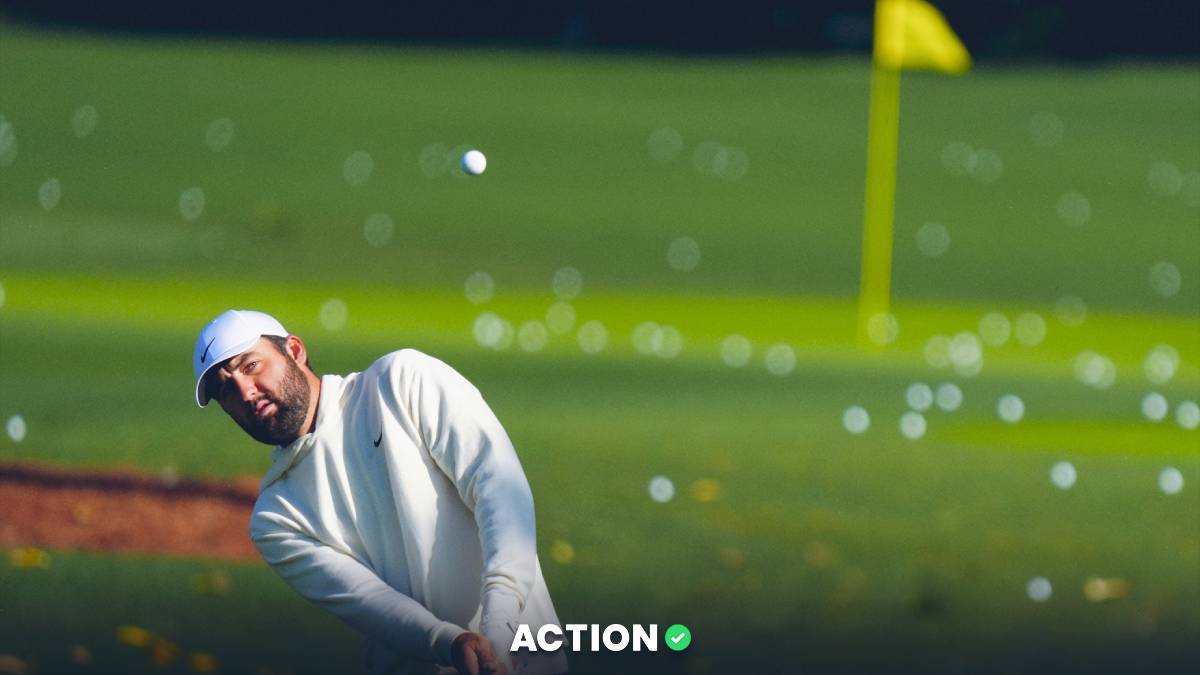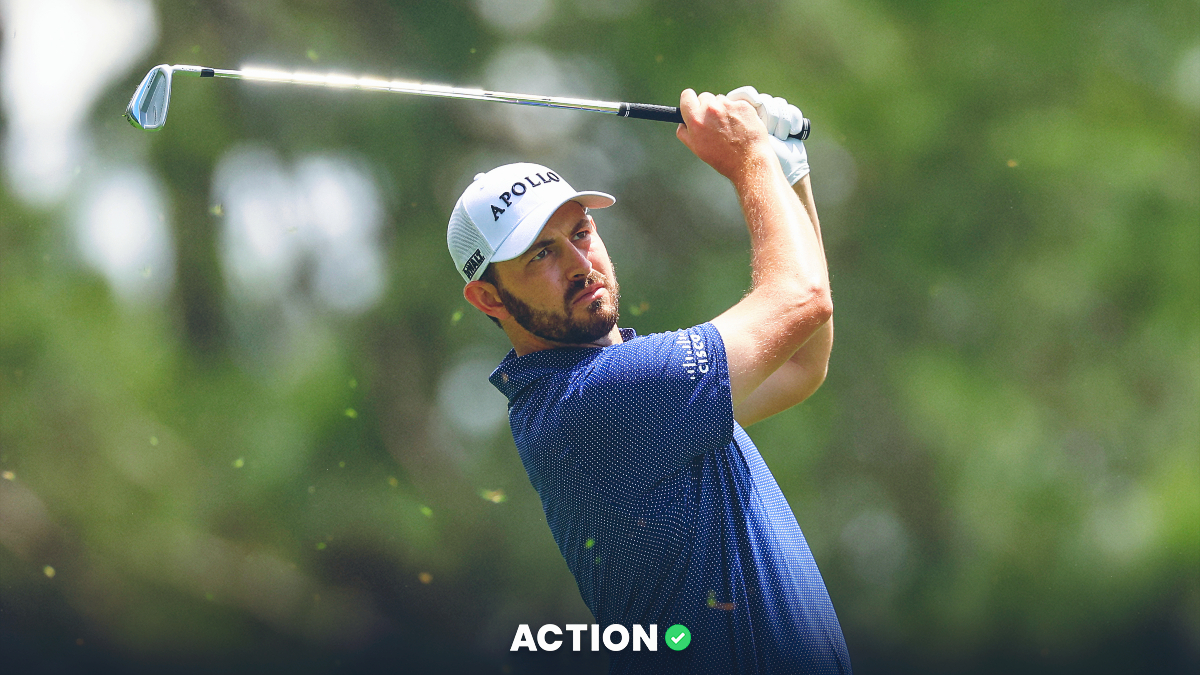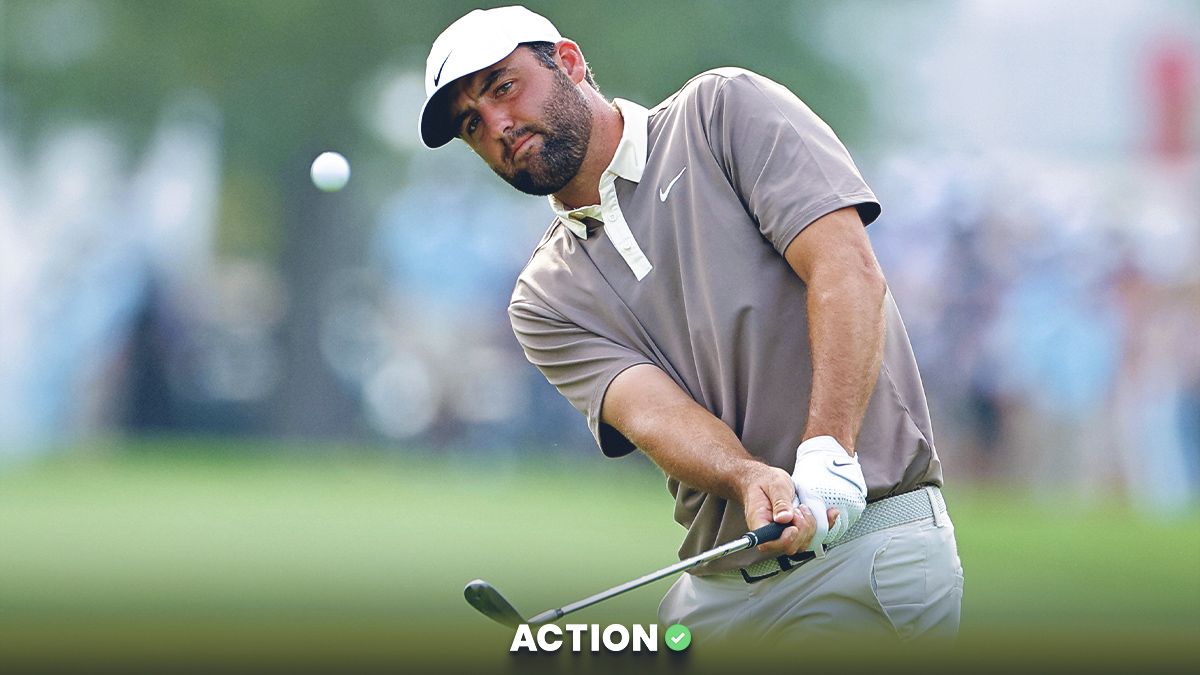In the betting world, we’re always looking for edges. Whether through statistical data or observational accounts, there’s massive leverage when we can ascertain specific advantages for one side over the other.
It’s no different for Ryder Cup captains Zach Johnson for the United States and Luke Donald for Europe.
No, I’m hardly suggesting the Ryder Cup captains are seeking out betting opportunities for their respective squads, but they are undoubtedly attempting to uncover several edges against the opponents.
Here are three potential edges for each team which could make or break their chances of winning the Ryder Cup.

U.S. Edge 1: Off the Tee
The U.S. has a first edge if it drives it better than Europe.
On my SiriusXM PGA Tour Radio show “Hitting the Green,” Jim Furyk a few weeks ago referred to Marco Simone as “a first-shot golf course.”
That’s good news for plenty of these players. There’s no better nullifier of the old, “Drive for show, putt for dough” axiom than this statistic: The top-six players on the PGA Tour’s Strokes Gained: Off the Tee ranking and 10 of the top 12 are competing in this week’s event.
I know what you’re thinking already: Doesn’t the “whoever drives it better” idea work for either side? Of course.
The Americans, however, might “need” to be better off the tee in order to counter the analytical advantage for the Europeans.
From all accounts, Donald’s side is prepared to set up the golf course in a way that there will be a greater number of approach shots from 160 to 210 yards, which has been proven statistically to be a sweet spot for the Americans in general.
If the Europeans are going to give themselves an advantage on second shots based on setup, the Americans' best way to counteract that is by driving the ball better.
All of which leads to another question: Which team has driven it better this year?
Glad you asked.
I crunched the numbers and found that the 11 players on the U.S. team who competed full-time on the PGA Tour this season hit a total number of 1,808 measured drives which traveled a combined 555,059 yards – good for a driving distance of almost exactly 307.0 yards. As for driving accuracy, their 12,615 tee shots found the fairway on 7,614 occasions, which is 60.36 percent.
Now let’s check the Europeans, which have long been shorter off the tee, yet more precise – a statistic which heavily played into course setup at Le Golf National five years ago.
Of the nine players on the European team who competed full-time on the PGA Tour this season, they hit a total of 1,340 measured tee shots which traveled 410,364 yards, an average of 306.2 yards. These players hit 9,325 drives and found the fairway 5,652 times, for a 60.6 percentage.
(I’m omitting Brooks Koepka, Ludvig Aberg, Nicolai Hojgaard and Robert Macintyre, none of whom were full-time PGA Tour members this season, because I wanted to keep some consistency amongst these numbers.)
The Americans hit the ball an average of just over two feet longer than the Europeans, while the Europeans find the fairway a quarter of a percent more frequently.
And yes, you’ll read/hear this statistic plenty of times throughout my coverage this week because it shows just how even these teams really are – and yeah, also because it was a lot of math to just list it once.
Europe Edge 1: Setting Up the Course
Europe has a first edge if it can negate those statistical deficiencies.
I realize we’re getting deep into the weeds here with the analytics, but I’ll try to keep it as colloquial as possible. As mentioned above, the murmurs are that Europe believes its players have a statistical edge from the 160- to 210-yard range.
Conversely, that means Donald and his vice captains believe that the U.S. owns an advantage from inside that range. Consequently, the Europeans want to avoid getting into a war of the wedges with the Americans.
Early reports are that the Europeans are so hellbent on negating this advantage that as many as three par-4 holes will be drivable, while others will play much longer.
Team Europe was an earlier adapter to the analytics game as they deftly used numbers to help set up the course before the U.S. side was even thinking in these terms, exposing the opponent as it did back in 2014 under the leadership of Paul McGinley.
From everything we’re hearing, this year the team believes that avoiding the stock 125-yard wedge approach shot should keep the U.S. players from collectively finding their own sweet spot.
U.S. Edge 2: Choosing the Right Golfers for Different Sessions
The Americans will have a second edge if they can separate the foursomes (alternate shot) golfers from the four-balls (best ball) golfers.
I’m writing these words before the American plane even touches down in Italy, so this is pure speculation, but it wouldn’t surprise me if these are the four pairings for the opening foursomes session:
- Jordan Spieth/Justin Thomas
- Xander Schauffele/Patrick Cantlay
- Max Homa/Collin Morikawa
- Scottie Scheffler/Sam Burns
That would leave Brooks Koepka, Wyndham Clark, Rickie Fowler and Brian Harman on the sidelines until at least the afternoon four-balls session.
All of this makes sense for a few different reasons. First, any captain wants to start with his strongest teams and grab some early momentum. It’s difficult to argue against any of those eight speculated players. Second, the potential duo of Koepka/Clark – which Clark alluded to recently as a possible four-balls partnership – is a best-ball dream, with two like-minded players who can each make birdies in bunches.
Where this strategy could go slightly awry – and I really do mean slightly, because we’re splitting hairs at this point – is that Fowler and Harman both seem built for foursomes, two guys who keep it in play and make a lot of putts.
Perhaps that means one of these two – likely Fowler – could replace Burns as Scheffler’s partner in foursomes, with the WGC-Dell Technologies Match Play champion being held out until pairing with his buddy in the afternoon session.
Choosing between too many talented players for each format isn't a bad problem to have. However, leaving those who might be better suited for foursomes out for that opening session could have a domino effect for the next three sessions.
Europe Edge 2: Finding Early Chemistry
The Europeans will have a second edge if they can find the right partnerships early.
We can point to numerous reasons why Europe dominated this event in 2018 but failed to replicate that success in 2021, and home-course advantage is only one of those reasons.
It’s long been stated that the Europeans are more of a close-knit group, that team bonding comes more naturally and they tend to play as a group more than as individuals. I would’ve bought into that idea a generation ago, but not anymore.
Gone are the days when European players would travel from country to country together in planes, trains and automobiles as they would spend time with each other rather than the hangers-on which now seemingly surround every player at every moment.
In fact, it can be stated that – like the aforementioned distance and accuracy stats – team camaraderie has never been closer between these two sides.
If Europe is to stake a claim to a lead entering Sunday’s singles session, it will need to find that camaraderie amongst its two-man partnerships.
Case in point: Five years ago at Le Golf National, Europe used nine different pairings, including five of them in multiple sessions. Two years ago at Whistling Straits, the team used 11 different pairings and just four of them in multiple sessions.
That might not seem like a major contrast, but when there are only 16 matches on Friday/Saturday, it can have a huge impact.
Donald will need to find the right partners for each player before the opening session begins, as opposed to a trial-and-error process throughout the proceedings.
On its current roster, only four partnerships have ever before played together in this competition and none more than once:
- Justin Rose/Jon Rahm (2018)
- Jon Rahm/Tyrrell Hatton (2021)
- Tyrrell Hatton/Shane Lowry (2021)
- Shane Lowry/Rory McIlroy (2021)
By comparison, the U.S. side includes players who have combined for 10 partnerships in the Ryder Cup alone; that number increases to a whopping 29 when we also include pairings from the Presidents Cup.
That’s 25 more matches of experience that American players have in these two formats over their European counterparts. Finding a way to counteract that early will be key to any success for the home team.
U.S. Edge 3: Spieth & Thomas Thrive
The Americans will have a third edge if Jordan Spieth helps Justin Thomas rekindle some of that old magic.
Of those 29 matches of experience for the U.S. side, 10 featured Spieth and Thomas together as they own an exquisite 8-2-0 record.
Of course, that’s hardly the biggest story entering this one.
If you’re reading this, you’re likely already aware that Thomas was a controversial captain’s pick, fresh off a campaign which included more missed cuts than top-10 finishes, a pair of scores in the 80s at major championships and a failure to qualify for the FedExCup playoffs, though he did finish solo fifth in his most recent start at the Fortinet Championship.
There’s no quantifiable measure of pressure, but it’s difficult to believe any U.S. player will be feeling it more than JT, who’s previously served as a sparkplug for this team.
Presumably paired with his buddy Spieth for at least two sessions and perhaps as many as four, Thomas will need to find his game in a hurry and feel those winning vibes as quickly as possible.
If that happens, it’s a massive boost to the U.S. team’s momentum and confidence level as a whole.
If it doesn’t, well, it’s not difficult to foresee the dominoes that will fall in the aftermath, from Johnson needing to find a Plan B for subsequent sessions to teammates internally wondering how much a Keegan Bradley or Lucas Glover could’ve helped instead.
Europe Edge 3: Go Top-Heavy With McIlroy, Rahm & Hovland
The Europeans will have a third edge if captain Luke Donald decides to go top-heavy with his lineup.
With Rory McIlroy, Jon Rahm and Viktor Hovland, Europe boasts three of the world’s top-four players in its lineup. Matt Fitzpatrick, Tyrrell Hatton and Tommy Fleetwood each rank inside the top 15.
Hell, Ludvig Aberg might be even better than all of ‘em.
The dispersion from top to bottom of the European roster isn’t as great as it once was, but there remains a palpable differential from the top half of the team’s players to rookies such as Sepp Straka and Nicolai Hojgaard.
Donald has presumably learned from previous captains’ mistakes – notably Mark James, who sat three of his players for the first four sessions in 1999, then watched each of them lose their Sunday singles match during a massive U.S. come-from-behind victory.
And yet, this contrastingly can’t be treated like Little League, where every player gets his fair share of at-bats while being treated equally.
The captain will need to strike the proper balance between getting each player some reps while riding his horses for at least four matches, if not all five.
It might sound overly simplistic, but the biggest key to a European victory might be McIlroy, Rahm and Hovland playing their best golf for three days, with others chipping in when necessary.


